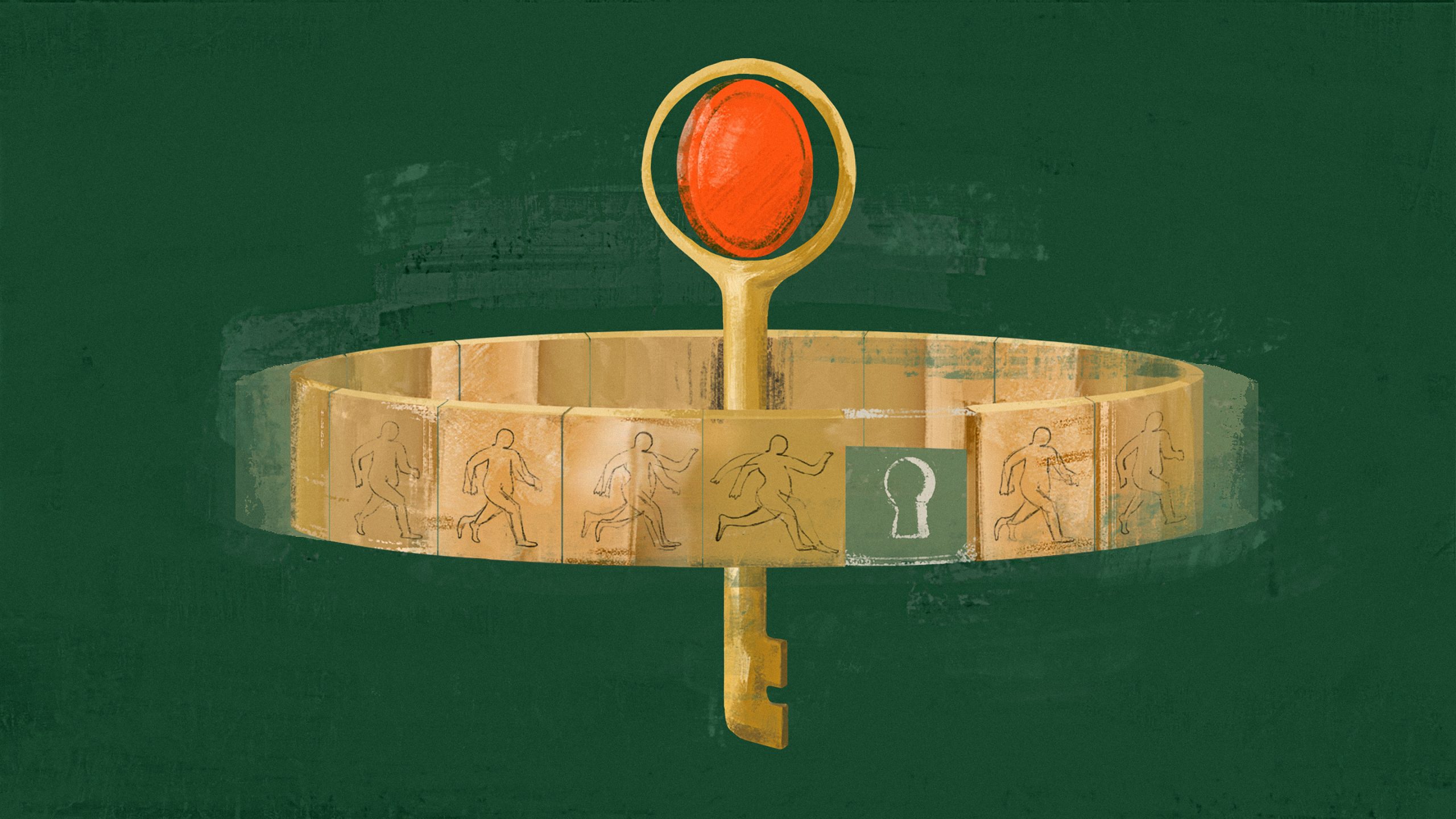Great civilization which comes with the infamous “signature” for their design (in this case, graphic design) has always had a quality where its people (to the government level) realize how design is an important part of daily life. Graphic design is not only intended for mass-production uses. It is an integrated part of the culture. It underscores how society has already reached the point where they understand how important visual representations are to provide convenience in everyday life. Of course, all of that is also supported by an aesthetic that attracts the visual and fits the context.
Therefore, to answer the need of our society, we need to understand our own culture and history. To seek and interpret the roots according to our time. To be aware of how the world is constantly changing. To see problems and be a problem-solver. But, is it enough?
This writing is not going to explore the history and culture of graphic design in Indonesia, or how graphic design has been shaped in our country. Let’s be honest. As graphic designers, we often feel pressured to meet client’s requirements and the dreary deadline. It’s easy to get drowned in our routine, to create something driven by our primal need (we’re talking about the digits on the bank account).

By the end of the day, we just want to go to bed...only to wake up again and do the same routine next after.
So, it’s only natural that we forget the essence of our work.
Is graphic design only part of the industry in our country? A source of financial income for those who are involved around it?
“Do we have the urgency to see graphic design as part of our society?”
Graphic design functions as a way to convey or deliver a message to society; a triggering visual language to start a conversation about almost anything. From politics to economy; from product marketing to sign systems, graphic design has a deep place in the heart of society. But, does our society see the urgency to use graphic design to its full potential?

The question above might sound a little bit idealistic, but we need to ask ourselves again what the reason behind our profession is.
Are we going to be trapped in this loop forever where graphic designers are seen only as commodities?
Or, are we going to find our root of reason and gradually fill the gap between our profession and our own way to contribute to society?
Are we…?
.
.
.
*Think you’re confused because this writing is full of questions, don’t worry! We’re also confused why there are many questions; but if you would love to discuss the answers...give us a call 😉

